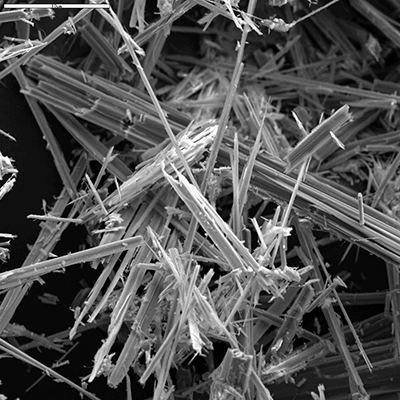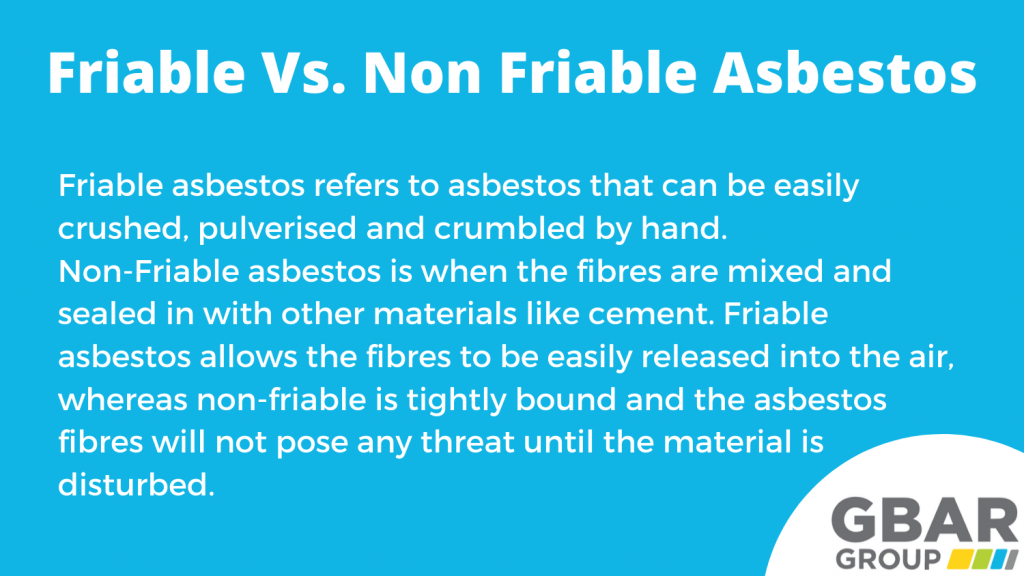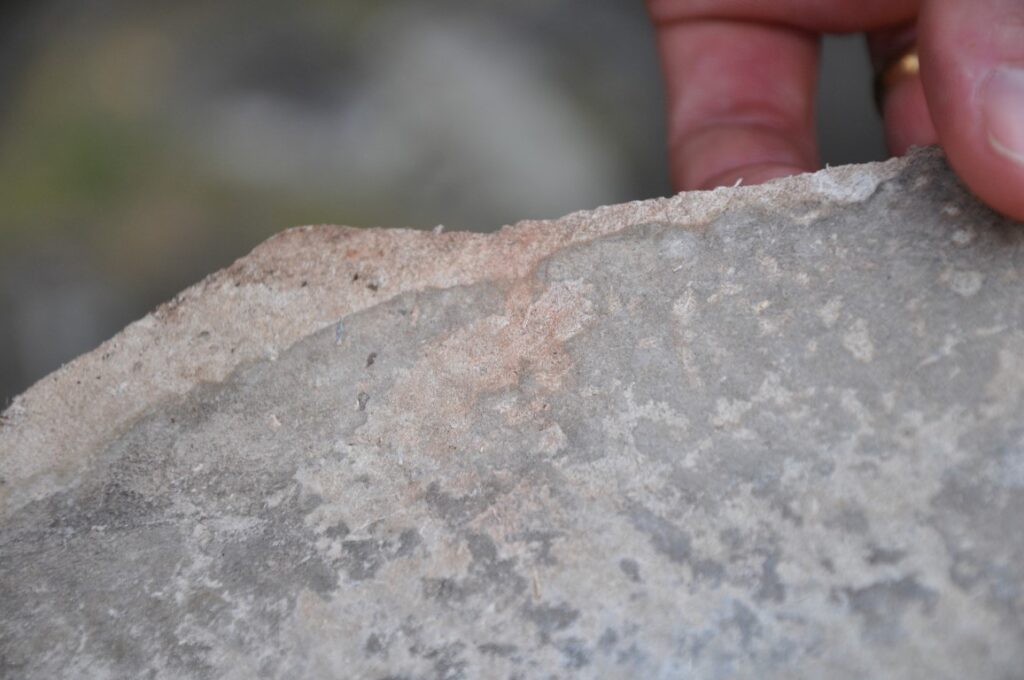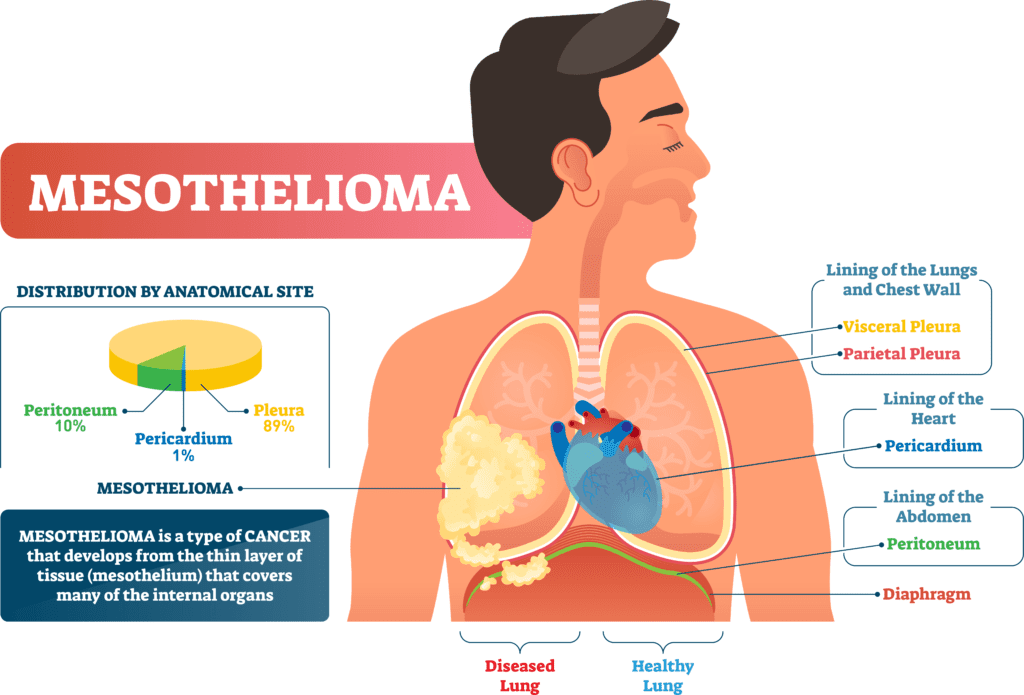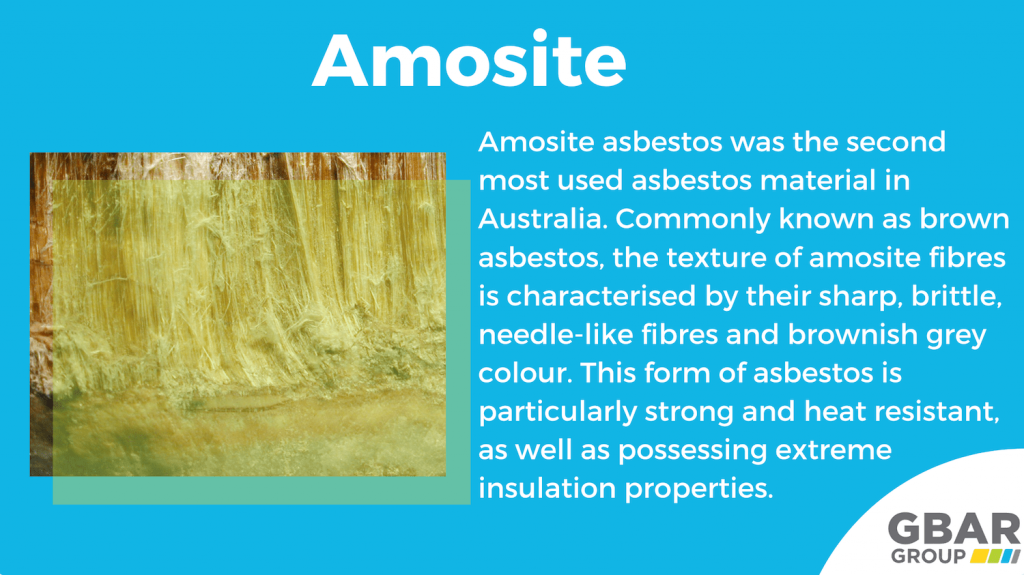Have you ever wondered about the color of asbestos? In this article, we will explore a common question: is asbestos black or white? Many people are uncertain about the color of this hazardous mineral, but we will provide you with a clear answer. So, let’s uncover the truth and shed some light on the color of asbestos. Asbestos is a mineral that has been used for centuries due to its excellent heat resistance and durability. However, its widespread usage has also presented significant health risks. In this comprehensive article, we will delve into the world of asbestos, providing an overview of its definition, historical usage, and health risks. We will also explore the different types of asbestos, their physical properties, and the diseases associated with asbestos exposure. Additionally, we will discuss asbestos abatement methods, testing, and identification techniques. By the end of this article, you will have a thorough understanding of asbestos and the measures needed to ensure safety when dealing with this hazardous material.


Overview of Asbestos
Definition of asbestos
Asbestos is a naturally occurring mineral composed of thin and fibrous crystals. These microscopic fibers can be woven and possess remarkable heat resistance and tensile strength. Due to these properties, asbestos has been widely used in various industries for decades.
Historical usage
The history of asbestos usage dates back thousands of years. Ancient civilizations, including the Greeks and Romans, were aware of its fire-resistant properties and used asbestos in clothing, pottery, and building materials. In the 19th and 20th centuries, asbestos became increasingly popular for its use in construction materials, insulation, and automotive components.
Health risks and regulations
While asbestos has remarkable physical properties, it poses significant health risks. Inhalation of asbestos fibers can cause serious diseases such as lung cancer, mesothelioma, and asbestosis. Recognizing these risks, regulations have been put in place in many countries to limit or prohibit the use of asbestos. However, due to its historical usage, asbestos remains present in many older buildings, necessitating proper precautions when handling or removing it.
Types of Asbestos
Chrysotile asbestos
Chrysotile asbestos, commonly known as “white asbestos,” accounts for approximately 95% of the asbestos used globally. It has long, curly, and flexible fibers that make it relatively easier to spin and weave into various products. Chrysotile asbestos is a component of many building materials such as cement, roofing sheets, and insulating products.
Amphibole asbestos
Amphibole asbestos includes several subtypes, such as amosite, crocidolite, tremolite, actinolite, and anthophyllite. Unlike chrysotile asbestos, amphibole asbestos fibers are straight, stiff, and needle-like. Amphibole asbestos is less commonly used than chrysotile and is often seen in insulation, fireproof materials, and friction products.


Physical Properties of Asbestos
Color
Asbestos comes in various colors, depending on its type. Chrysotile asbestos is typically white, while amphibole asbestos can range from gray-blue (amosite) to blue (crocidolite). Other forms of amphibole asbestos may appear brown, green, or clear.
Fiber morphology
The morphology of asbestos fibers varies between chrysotile and amphibole asbestos. Chrysotile fibers are curly and resemble blonde human hair, while amphibole fibers are straight, sharp, and pointy.
Crystalline structure
Asbestos possesses a unique crystalline structure that gives it its characteristic fibrous shape. The crystalline structure of asbestos allows its fibers to separate into thin, flexible, and durable strands when processed or disturbed.
Chrysotile Asbestos: The White Asbestos
Characteristics of chrysotile asbestos
Chrysotile asbestos is the most commonly used type of asbestos due to its abundance and desirable mechanical properties. It is known for its flexibility, heat resistance, and relatively low cost. These characteristics have made it a popular choice for various applications.
Common applications
Chrysotile asbestos has been extensively used in the construction industry for its incorporation into cement, roofing materials, and insulation products. It has also found its way into friction materials, textiles, and even household appliances.
Health risks
While chrysotile asbestos is less potent than amphibole asbestos in terms of health risks, it is still considered hazardous. Prolonged exposure to chrysotile asbestos can result in lung diseases such as asbestosis, lung cancer, and mesothelioma.


Amphibole Asbestos: The Black Asbestos
Characteristics of amphibole asbestos
Amphibole asbestos, often referred to as “black asbestos,” consists of several subtypes, each with its unique properties. Amphibole asbestos fibers are straight, rigid, and brittle, making them less suitable for weaving into products.
Common applications
Amphibole asbestos has historically been used in high-temperature applications, such as insulation materials for furnaces and boilers. It has also been utilized in fireproofing materials, textured coatings, and certain types of cement products.
Health risks
Amphibole asbestos is known to be more harmful than chrysotile asbestos. Exposure to amphibole asbestos fibers significantly increases the risk of developing lung cancer, mesothelioma, and other asbestos-related diseases.
Asbestos-related Diseases
Lung cancer
Asbestos exposure is a leading cause of lung cancer. Inhalation of asbestos fibers over an extended period increases the risk of developing lung cancer, irrespective of the type of asbestos encountered.
Mesothelioma
Mesothelioma is a rare and aggressive form of cancer primarily caused by asbestos exposure. It affects the lining of the lungs, heart, or abdomen. The latency period for mesothelioma can be decades, making it challenging to diagnose and treat in its early stages.
Asbestosis
Asbestosis is a chronic lung disease caused by the inhalation of asbestos fibers. It leads to scarring of the lung tissue, resulting in decreased lung function and difficulty breathing. Asbestosis typically develops after prolonged exposure to high levels of asbestos.


Asbestos Abatement
Methods of asbestos removal
Asbestos abatement refers to the safe removal and disposal of asbestos-containing materials to eliminate the risks associated with asbestos exposure. Various methods, including enclosure, encapsulation, and removal, can be employed depending on the specific circumstances and the extent of asbestos contamination.
Safe handling and disposal
Safe handling of asbestos is critical to prevent the release of fibers into the air and subsequent inhalation. Proper personal protective equipment (PPE), containment measures, and strict adherence to regulations and guidelines are essential during the handling and disposal of asbestos.
Asbestos Testing and Identification
Laboratory testing process
Asbestos testing involves taking samples of suspected materials and sending them to a certified laboratory for analysis. The laboratory utilizes specialized techniques to determine the presence and type of asbestos fibers in the sample.
Identification techniques
Various identification techniques, such as polarized light microscopy (PLM), transmission electron microscopy (TEM), and X-ray diffraction (XRD), are employed to accurately identify asbestos fibers and distinguish them from other similar minerals.
Regulatory requirements
Due to the hazardous nature of asbestos, regulatory requirements are in place to ensure its safe handling and disposal. These regulations establish guidelines for testing, identification, and proper management of asbestos-containing materials.
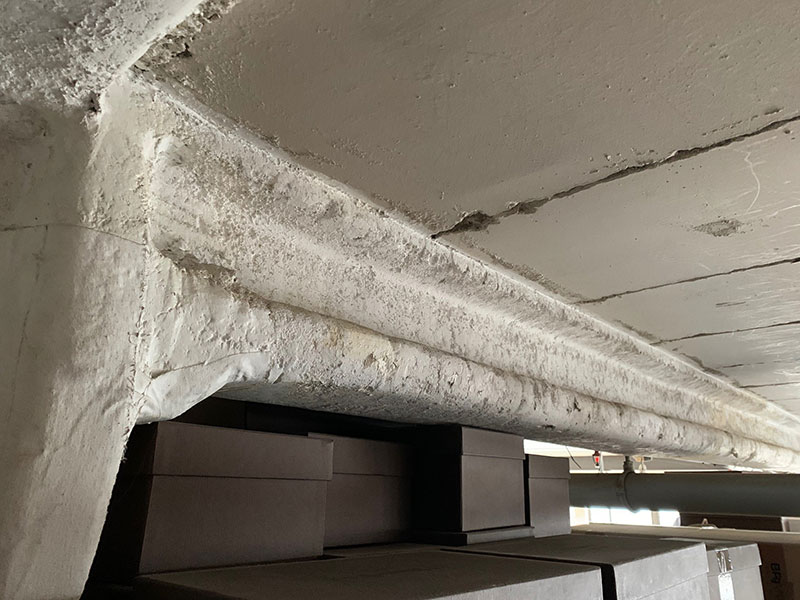

Conclusion
Asbestos, both white and black varieties, has been widely used for its impressive physical properties. However, the health risks associated with asbestos exposure cannot be ignored. Prolonged inhalation of asbestos fibers can lead to severe diseases such as lung cancer, mesothelioma, and asbestosis. It is crucial to prioritize the safe handling, removal, and disposal of asbestos to minimize the risks of exposure. Regular testing and accurate identification techniques play a vital role in managing asbestos-containing materials. By understanding the types of asbestos, its physical properties, and the diseases it can cause, we can take the necessary precautions to protect ourselves and others from its harmful effects. Remember, safety always comes first when dealing with asbestos.

